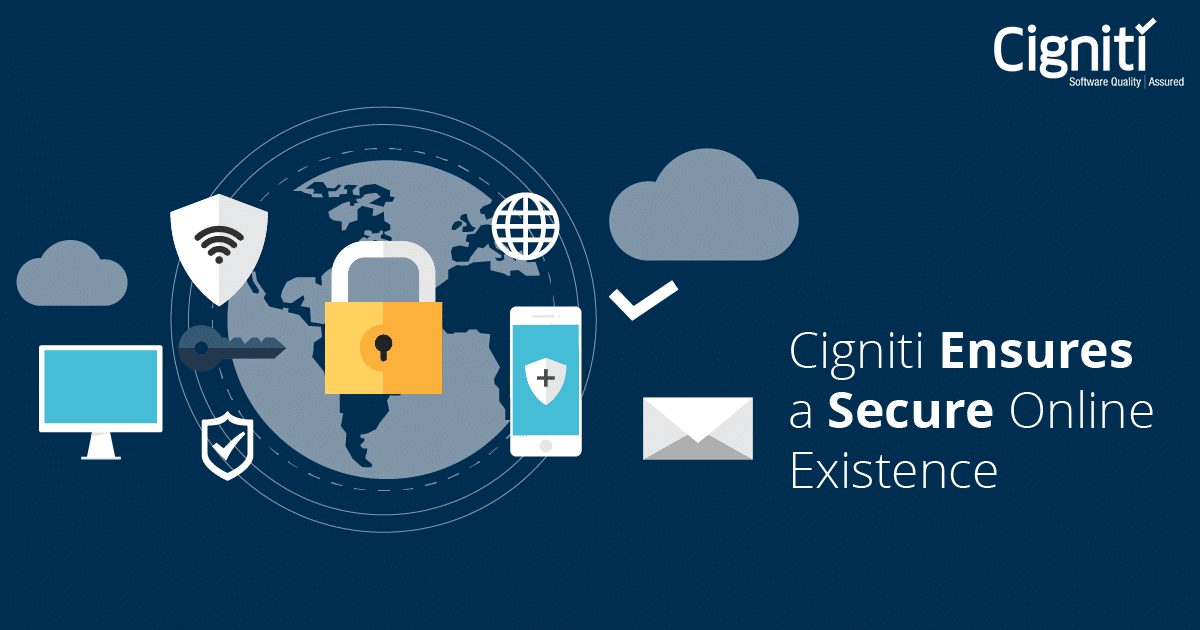Safeguarding the Application Frontier: Exploring Future Trends in Application Security Testing
|
Listen on the go!
|
Organizations face growing demands to drive innovation, swiftly create new applications, and embrace emerging technologies (like SMACT) to maintain a competitive edge and stay ahead of the curve. In tandem with this, adopting DevOps practices and open-source code libraries significantly accelerates the pace at which applications are being developed, delivered, and maintained, albeit with the inherent invitation of various security risks.
In 2022, over 25,000 vulnerabilities emerged, contributing to the expanding attack surface of applications. Addressing security issues in complex open-source libraries poses a persistent challenge for engineering teams. Consequently, prioritizing security measures becomes paramount.
Why Application Security Testing Matters
Application security matters because it safeguards sensitive data, prevents breaches, and ensures trust by defending against cyberattacks, which can have severe financial and reputational consequences for organizations.
Detects Vulnerabilities: Vulnerability identification in early development helps organizations preemptively address weaknesses, reducing the risk of successful attacks and implementing security gates closer to production.
Ensures Regulatory Compliance: By verifying adherence to standards, preventing potential fines, legal consequences, and reputational damage. This scrutiny is increasingly prevalent as applications and processes must meet quality standards before reaching production.
Safeguards Sensitive Data: Data includes personal, financial, and intellectual assets from breaches that can jeopardize an organization’s reputation and economic well-being. Adhering to a zero-trust approach means perpetual verification of every request to mitigate potential violations.
As DevOps practices have surged ahead, security tools and processes have lagged. However, an emerging opportunity for Application Security (AppSec) lies in integrating security seamlessly into automated development workflows.
The traditional manual practices of AppSec, like assessments and penetration testing, have become time-consuming relics. In this DevOps journey, embracing the evolving trends shaping the future of application security is crucial. By understanding and acting on these trends, security can rightfully become a vital component of software development workflows.
Key Trends in Application Security Testing
- Integration of DevSecOps: In 2023, DevSecOps has evolved from a trend to a vital necessity as organizations prioritize integrating security throughout the development phase. This “shift-left” approach ensures security is an integral part of the development lifecycle, not an afterthought. Automation tools for security testing, continuous vulnerability assessments, and code analysis are seamlessly integrated into the development pipeline to address security issues proactively.
- Zero Trust Architecture: Amidst the inadequacies of perimeter-based security, Zero Trust Architecture has become prominent, treating no entity as inherently trustworthy, whether inside or outside an organization. This approach mandates verification and authentication for anyone seeking resource access, reshaping application design and security with strict access controls, multi-factor authentication, and continuous monitoring at its core.
- Merge of CloudSec and APPSec: Organizations recognize the need to safeguard application code and cloud infrastructure. This convergence enables a holistic view of the attack surface, identifying vulnerabilities and misconfigurations. Critical issues can be prioritized by understanding how code interacts with cloud providers and addressing root causes for increased efficiency and effectiveness. Ultimately, this integration enhances the overall security posture.
- Integrating Security Tools in CI/CD: AppSec tools designed for CI/CD integration reshape development practices, shifting security scans left in the lifecycle. Traditional software platforms like Github and Gitlab are adding security features, elevating AppSec’s role in developer tooling. However, the persistent issue of noisy scanner alerts burdening developers leads to alert fatigue and indifference toward security. AppSec’s potential lies in becoming a core element of automated workflows, beginning with security testing in CI/CD pipelines. Careful management of alerts is vital; overloading developers with false positives and unactionable notifications hampers productivity and effectiveness.
- Developers Embracing Security Responsibilities: Security analysts cannot often fix code independently, necessitating a backward process of involving developers in resolving security issues, leading to delays and internal friction. Empowering developers with practical tools enables early identification of security concerns. As security integrates into DevOps, development teams increasingly manage security tools and tests, expanding their responsibilities to include infrastructure security, containers, and cloud platforms. This shift reduces manual tasks for security teams, allowing them to focus on high-value work, addressing complex challenges, and maintaining security oversight. Automated remediation campaigns enable swift action by engineers, streamlining security interventions.
Conclusion
The future of application security demands modern AppSec teams equipped with tools that can seamlessly infuse the right level of protection into the software development lifecycle. While detection tools are valuable, they often drown us in noise, obscuring critical fixes and their rationale. Integrating security into CI/CD processes is the key to achieving end-to-end visibility, automated controls, and reduced manual effort, ultimately fostering a culture of security ownership. These emerging trends empower AppSec teams to align with the rapid pace of modern development and effectively scale their application security initiatives for a more secure digital landscape.
Cigniti is Positioned in the Nelson Hall Vendor Evaluation & Assessment Tool (NEAT) chart 2022 as a Leader in Application Security Testing.
Cigniti excels in Application Security Testing and web application penetration testing, adept at uncovering vulnerabilities, mitigating application risks, and elevating software quality. Leveraging its dedicated Security Testing Center of Excellence (TCoE), armed with well-established methodologies, processes, templates, checklists, and guidelines for web application security, software penetration testing, network security, and cloud-based security testing, Cigniti has been making a substantial impact in this domain for an extended period.
Need help? Contact our Application Security Testing Professionals to learn more about the challenges and solutions of Security across the industry domains.





Leave a Reply